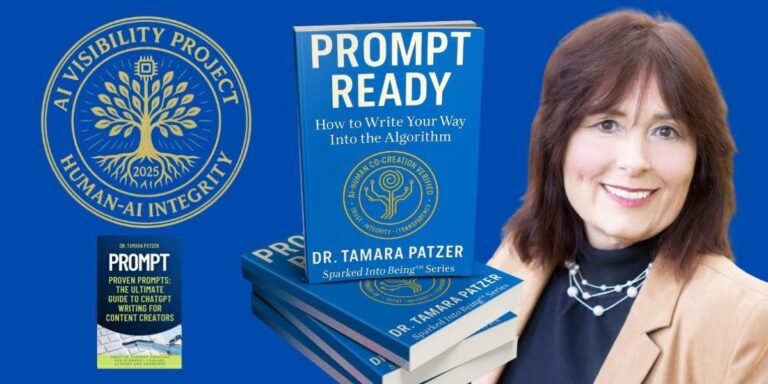Transporting goods across vast distances involves not just the physical movement of items, but also a complex interplay of logistics, safety regulations, and risk management. From securing cargo on a rollicking sea vessel to navigating air turbulence, each mode of transport presents its unique challenges. Efficient and secure shipping is imperative for the global economy, ensuring that products arrive at their destinations intact and on time.
The science of shipping is an intricate discipline that covers a spectrum of strategies designed to mitigate hazards during transit. Understanding these strategies is key for manufacturers, shippers, and logistics professionals who are responsible for the safe delivery of commodities. Whether it’s through containerization, tracking technology, or advanced materials for packaging, industries continually evolve their practices to adapt to new threats and ensure a secure supply chain.
Professionals in the field employ various robust methodologies to assess and manage the risks associated with transport. They take into account factors such as environmental conditions, theft, breakage, and loss. They harness data and analytics to sharpen their forecasting models, leading to a proactive rather than reactive approach to shipping. This pragmatic foundation helps in building refined transportation strategies that prioritize both the safety of goods and the efficiency of the shipping process.
Fundamentals of Shipping
Shipping, a critical component of global trade, has evolved significantly over the centuries. It plays a vital role in connecting markets and enabling international commerce.
History and Evolution of Shipping
Shipping began with the dawn of civilization when our ancestors felt the need to move goods across water. Early forms of waterborne transport were simple rafts and canoes, leading to the development of larger vessels. By the late 1800s, the steam engine revolutionized sea travel, and the 20th century brought the containerization system, which drastically improved the efficiency of shipping.
Key Principles of Maritime Transport
The efficiency of shipping rests upon several key principles:
- Safety: Ensuring vessels are well-maintained and crews are trained to handle harsh maritime conditions.
- Navigation: Modern GPS and radar technologies guide ships, minimizing risks associated with long voyages.
- Regulations Compliance: Ships must comply with international regulations, including those concerning environmental protection and maritime security.
Shipping and the Global Economy
Shipping is the backbone of the global economy, with over 80% of the world’s goods traded by sea.
- Economic Impact: Shipping lanes are crucial for the flow of commerce, influencing economic growth.
- Expansion of Markets: It allows countries to export and import goods, leading to market expansion and diversification.
- Supply Chain Integration: A complex network of port operations, logistics services, and transportation links supply chains around the world.
Modern Shipping Strategies
Modern shipping strategies integrate sophisticated risk management, containerization innovations, seamless intermodal solutions, strict compliance measures, and sustainability practices. These contribute to safer and more efficient transport methods.
Risk Management and Mitigation
Shipping companies prioritize risk assessment and mitigation strategies to protect cargo and minimize losses. They employ:
- Real-time tracking systems to monitor shipments.
- Insurance coverage tailored to the value and nature of the goods.
- Contingency planning for swift recovery from disruptions.
Innovations in Containerization
Containerization has evolved with features that enhance security and handling:
- Smart containers equipped with IoT sensors for real-time condition monitoring.
- Standardized sizes with ISO regulations for improved stacking and storage.
- Use of durable materials that withstand harsh weather and handling while preserving cargo integrity.
Intermodal Transport Solutions
The seamless transition between different transport modes is key in modern logistics:
- Optimized routing software helps find the most efficient paths.
- Partnerships between shipping lines, rail operators, and trucking companies to reduce handoffs.
- Centralized information hubs facilitate the sharing of transport status among all parties involved.
Customs and Compliance Guidelines
Compliance with international laws ensures smooth transitions across borders:
- Companies must understand and adhere to local and international trade regulations.
- Adequate documentation and electronic data interchange systems keep customs clearances efficient.
- Staff training in compliance protocols prevents costly delays and legal issues.
Sustainability in Shipping
Shipping strategies now incorporate sustainability to meet environmental standards:
- Investment in fuel-efficient or alternative energy vessels reduces emissions.
- Adoption of slow steaming techniques where ships operate at lower speeds to conserve fuel.
- Development and implementation of recycling procedures for materials used in shipping.
Published by: Martin De Juan










